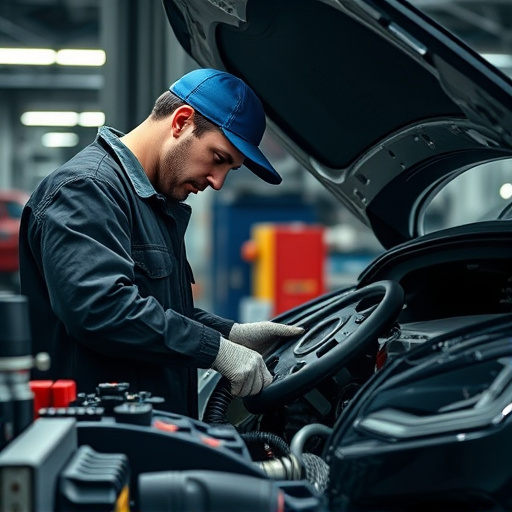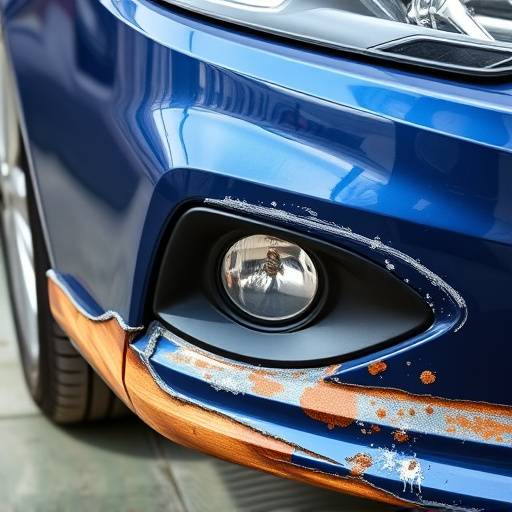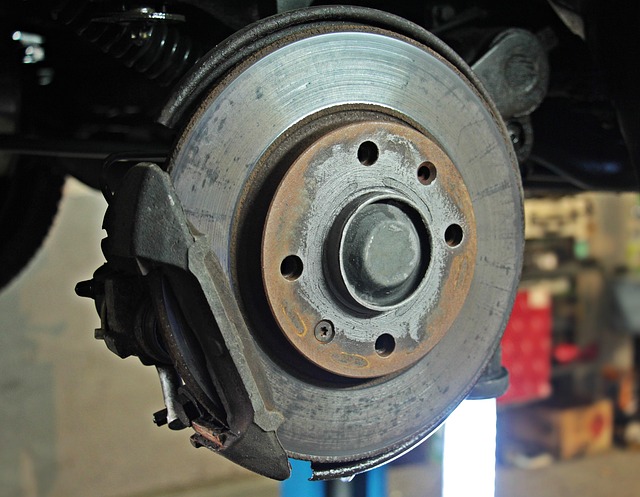Detailing after a collision is crucial for both structural integrity and environmental sustainability. Techniques like PDR minimize material waste and reduce emissions. Eco-friendly practices, using biodegradable agents and recycling programs, shrink the automotive industry's carbon footprint. Reputable shops employ skilled technicians for comprehensive exterior and interior cleaning, polishing, and protection, maintaining pre-accident conditions and resale value. Investing in detailing after a collision ensures reliable, sustainable auto care while fostering a circular economy.
Detailing after a collision isn’t just about making a car look good; it’s a vital step in auto body repair and restoration, promoting sustainable care. This process not only enhances the aesthetic appeal of damaged vehicles but also plays a crucial role in their structural integrity and longevity. By adopting eco-friendly detailing practices, the automotive industry can minimize its environmental impact. Post-collision detailing provides long-term protection, ensuring vehicles are safe, efficient, and aesthetically pleasing while supporting a more sustainable future.
- The Role of Detailing in Auto Body Repair and Restoration
- Environmental Benefits of Sustainable Detailing Practices
- Ensuring Long-Term Protection through Post-Collision Detailing
The Role of Detailing in Auto Body Repair and Restoration
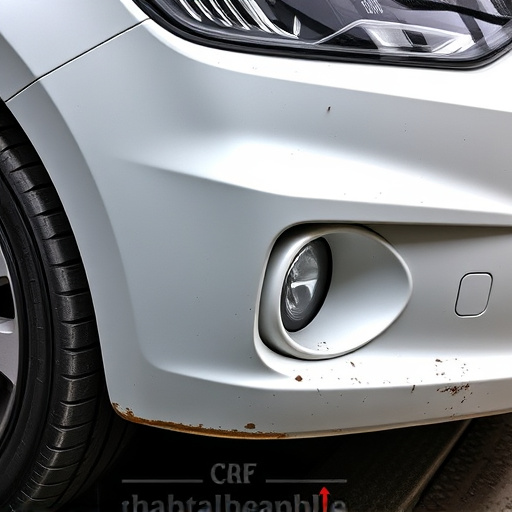
Detailing plays a pivotal role in auto body repair and restoration, especially after a collision. It’s not just about making the car look good; it’s a crucial step in ensuring structural integrity, enhancing durability, and promoting long-term sustainability. When a vehicle experiences a collision, even minor ones, it can cause unseen damage to the body panels, frames, and other components. Detailing involves meticulous inspection, precise repair, and careful restoration of these damaged areas, preparing them for painting or other finishing treatments.
This process includes techniques like paintless dent repair (PDR) to remove small dents and scratches without sanding or repainting, which conserves materials and minimizes environmental impact. PDR, along with other detailing services, is offered at collision repair centers that prioritize sustainable auto care. By focusing on repairing and restoring rather than replacing, these centers reduce waste, lower manufacturing emissions, and contribute to a greener automotive industry—all while ensuring your vehicle looks as good as new.
Environmental Benefits of Sustainable Detailing Practices
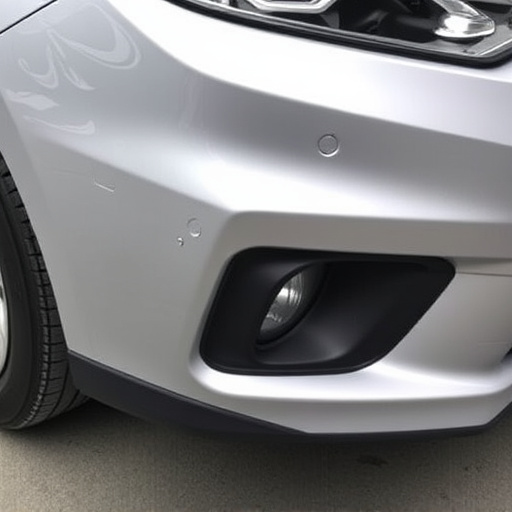
Adopting sustainable detailing practices after a car collision offers significant environmental advantages. Traditional auto care often involves extensive use of chemicals and resources, contributing to pollution and waste. However, eco-friendly detailing methods minimize these impacts. Sustainable approaches focus on using biodegradable cleaning agents, reducing water consumption, and implementing recycling programs for materials like used rags and damaged car parts.
By prioritizing sustainable detailing after collision repair (including dent repair, car paint repair, and car collision repair), we can reduce the carbon footprint of the automotive industry. These practices not only protect local ecosystems but also encourage a circular economy where resources are reused and recycled, fostering a more harmonious relationship between vehicles, their owners, and the environment.
Ensuring Long-Term Protection through Post-Collision Detailing
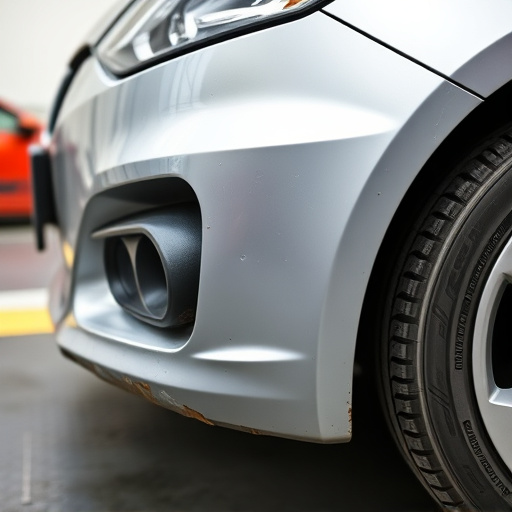
After a collision, it’s not just about getting your car back on the road; it’s about preserving its value and ensuring long-term protection. Detailing after collision plays a pivotal role in this process. This meticulous post-repair procedure goes beyond mere aesthetics, offering a comprehensive way to safeguard your vehicle’s integrity. Skilled technicians at reputable collision repair shops, such as Mercedes Benz collision repair centers, employ advanced techniques to clean, polish, and protect the car’s exterior and interior.
This involves removing scratches, chips, and dents that may have occurred during the accident, enhancing the car’s appearance. Furthermore, detailing includes applying protective coatings, seals, and waxes that create a barrier against environmental elements, preventing future damage. By investing in detailing after collision, car owners can maintain their vehicle’s pre-accident condition, preserve its resale value, and ensure many more years of reliable, sustainable auto care.
Detailing after a collision is not just about restoring a vehicle’s aesthetic appeal; it’s a key practice in sustainable auto care. By delving into post-collision detailing, repair shops can significantly reduce waste and emissions associated with traditional repair methods. This process ensures long-term protection for the vehicle, extending its lifespan and minimizing the environmental impact. In today’s world, where sustainability is paramount, adopting eco-friendly detailing practices not only benefits the planet but also fosters a responsible and resilient automotive industry.








